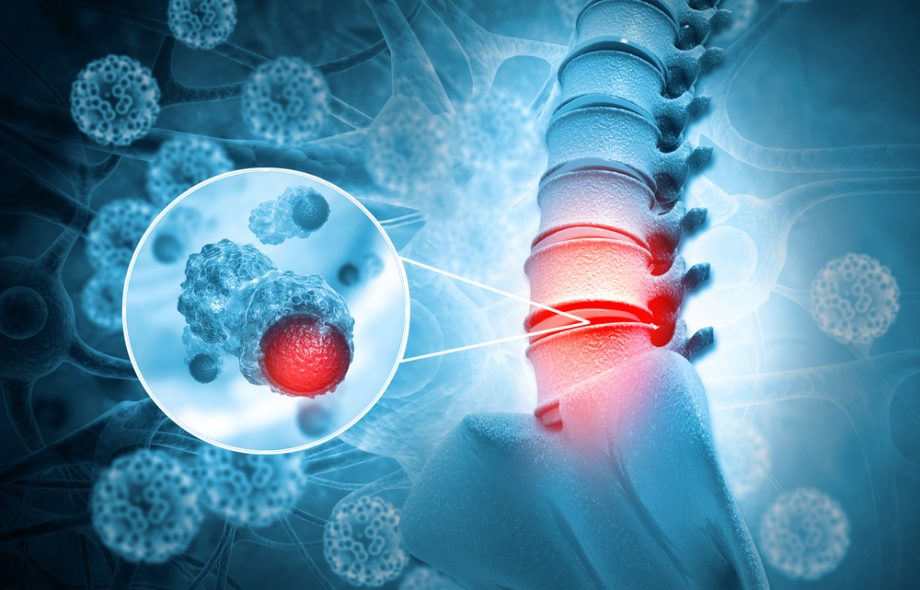The spinal cord, a crucial body part of nerves that communicate messages between the brain and body, is vulnerable to developing conditions that disrupt normal functioning. One such severe condition, even though rare, is a spinal cord tumor.
They refer to abnormal cell mass that develops in the cord between the layers or the surface covering the spinal cord. These tumors primarily develop in the spinal cord instead of growing from different body parts. Medical professionals divide these tumors into three groups depending on location: extradural, intradural-extramedullary, and intramedullary tumors. They can either be non-cancerous or cancerous; however, there are chances they can lead to severe complications if untreated.
Given the lack of awareness and knowledge people have for spinal cord tumors, they might ignore any red flags, let alone visit a spine hospital in Ahmedabad for proper diagnosis and treatment. Thus, this blog.
Symptoms of Spinal Cord Tumors
The tumors often escalate slowly and can worsen with time. Moreover, they can accompany different symptoms depending on the location and severity of the condition. Some common signs or symptoms you should watch out for are:
Pain:
Pain, especially back pain, is often the most common symptom of a spinal cord tumor. However, you might feel unusual pain rising in different parts of your spinal cord if it is under pressure.
Motor Problems:
Tumors can hinder the body’s basic functioning by disrupting nerve communication. They can lead to muscle-related symptoms like loss of bowel or bladder control and progressive weakness in the muscles.
Sensory Changes:
It includes tingling, numbness, decreased sensitivity to cold or hot sensations, and more.
Diagnosing Spinal cord Tumors
In case a spine tumor specialist in Ahmedabad suspects any tumor-like symptoms, they will order an examination and analyze your medical history to understand conditions that can lead to similar symptoms. Standard diagnostic examinations to confirm the patient’s condition are:
Magnetic Resonance Imaging (MRI):
This diagnostic examination uses a radio wave transmitter, a powerful magnet, and a computer. It allows medical professionals to check for tumors using a quality picture of the spinal cord.
Computed Tomography (CT) Scan:
A CT scan uses an X-ray camera and computer to release a cross-sectional view of the tissues and structure surrounding your spinal cord. Examiners can use a CT scan to check the tumor’s location, signs of bleeding, swelling, and other concerns.
Myelogram:
It is a special technique in which a dye capable of absorbing X-rays is introduced into the spinal cord. The dye creates a dark image or a narrowed section in the results, indicating the tumor’s location.
Biopsy:
In this technique, doctors or examiners might remove a part of the spinal cord tumor and examine it using a microscope to confirm the presence of abnormal cells. However, this procedure requires careful imaging (CT scan, MRI, or both) and planning since the spinal cord can be damaged during the procedure.
Lumbar Puncture:
This involves removing a cerebrospinal fluid sample, which is analyzed for the presence of abnormal cells to confirm the presence of a tumor.
Treatment of Spinal Cord Tumor
The treatment for the condition can vary with the type and severity of the tumor. Spine specialists may order surgery in case of cancerous and non-cancerous primary spinal cord tumors. The surgery is often successful if the tumor is present outside the spinal cord. On the contrary, radiation therapy is recommended to control the tumor’s growth when the surgery cannot be performed without damaging your spinal cord. Doctors usually recommend radiation therapy for patients suffering from secondary tumors. The treatment option also depends on the cancer type and its severity.
Apart from surgery and radiation therapy, doctors may prescribe corticosteroids to alleviate symptoms, especially swelling in the spinal cord. They can also recommend physical therapy if a patient needs help regaining muscle strength and control after treatment.
Conclusion
A comprehensive understanding of the symptoms, diagnosis, and treatment of spinal cord tumors will help you cope with the complexities. Please know that the first step to dealing with any condition is to be aware and take necessary action. In case of any red flags, please seek immediate medical attention from the best spine doctor in Gujarat.

